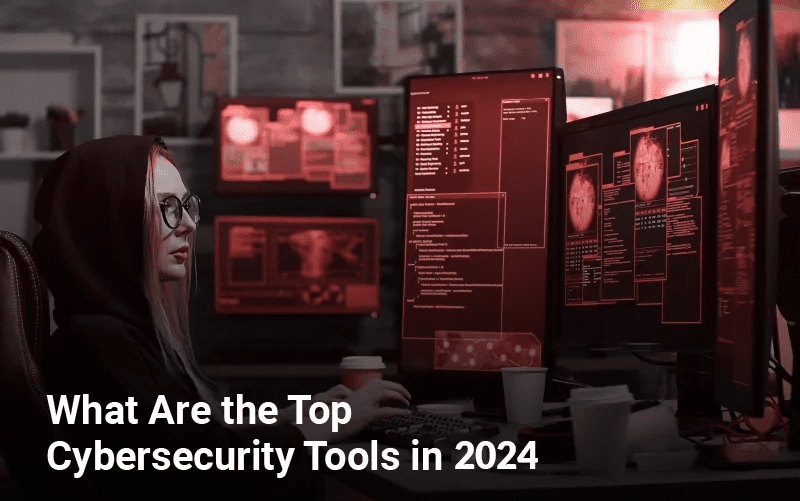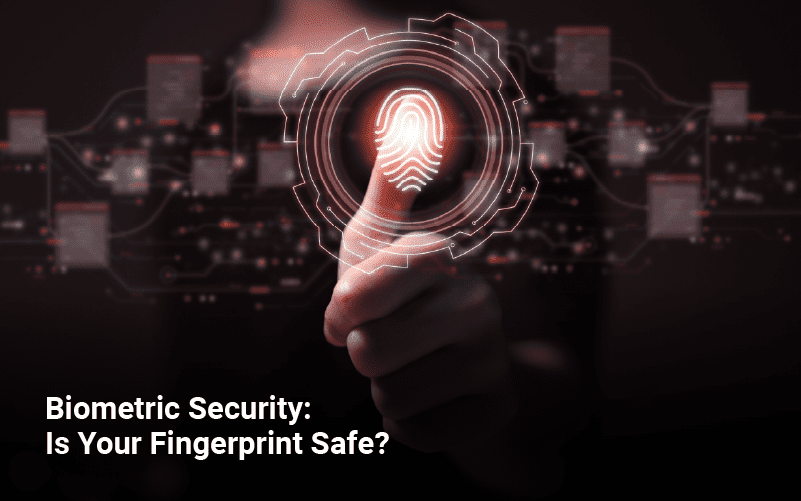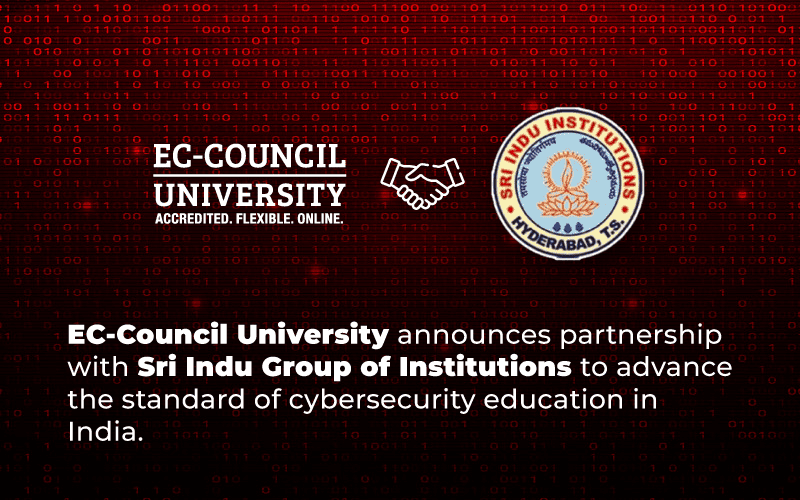Cybersecurity tools are crucial in aiding IT experts to safeguard an organization’s data and business systems from cyber threats. These tools are instrumental in creating various authentication and authorization systems. In this blog, we will delve extensively into comprehending the significance of cybersecurity tools, exploring the various categories they fall under, and identifying the most effective tools currently accessible for mitigating cybersecurity risks.
What Do Cybersecurity Tools Entail?
Cybersecurity tools serve as vigilant guardians, assisting in identifying and resolving potential security vulnerabilities. These resources are invaluable to companies and individuals, empowering them to uphold their online privacy and security. By maintaining constant surveillance over computer systems and networks, these tools promptly alert users to potential risks as soon as they are detected.
Acting as an ultimate defense, they stand firm against a multitude of cyber threats, encompassing unauthorized resource utilization, data breaches, and malicious hacker intrusions. These tools are pivotal in safeguarding an organization’s systems, networks, and intellectual property. Furthermore, they extend their protective reach to counter cybercrimes like password trafficking and identity theft.
Some Common Examples of Cybersecurity Tools
A wide array of cybersecurity tools is available in the market as they are meticulously designed to combat unique threats effectively.
Among the most widely recognized cybersecurity tools are:
- Network Security Monitoring Tools: These tools oversee external network threats by detecting and thwarting attacks originating from within the organization’s intranet.
- Security Compliance Tools: Security compliance tools scrutinize networks, tools, and processes against regulatory frameworks’ prerequisites. They identify non-compliant activities and security lapses, prompting administrators to take corrective actions.
- Web Vulnerability Scanning Tools: Constantly monitoring potential security risks in web applications, these tools unveil vulnerabilities by analyzing files and revealing the website structure, enhancing the security of web applications.
- Network Defense Wireless Tools: Balancing data protection with network usability and integrity, these tools control network access using hardware and software technologies.
- Encryption Tools: Encryption tools encode and decode data streams, rendering them unreadable by unauthorized individuals, whether data is at rest or in transit.
- Firewalls: Firewalls, available as hardware, software, or hybrid solutions, bar unauthorized users from accessing an organization’s intranet.
- Packet Sniffers: Packet sniffers help identify data-gathering apps, anomalous traffic, network demand fluctuations, and debug application traffic.
- Antivirus Software: This software monitors, blocks, and eliminates viruses and malware from IT systems, shielding against a range of threats including viruses, spyware, ransomware, and more.
- Managed Detection and Response Services (MDR): Third-party MDR services aid organizations in efficiently monitoring, addressing, and eradicating threats.
- Public Key Infrastructure Services (PKI): PKI services enable secure communication by distributing and verifying public encryption keys, ensuring data confidentiality and sender authenticity.
- Penetration Testing: Penetration testing uncovers network vulnerabilities that hackers could exploit, employing tactics and tools similar to those accessible to malicious actors.
In this ever-evolving landscape of digital threats, cybersecurity tools have become the stalwart defenders of our digital realm. These tools defend against various cyber dangers, from internal vulnerabilities to external attacks. By diligently monitoring systems, networks, and applications, these tools provide early warnings and rapid responses, ensuring that potential risks are neutralized before they can wreak havoc. From the comprehensive oversight of Network Security Monitoring Tools to the meticulous scrutiny of Security Compliance Tools and the constant vigilance of Web Vulnerability Scanning Tools, each category addresses unique challenges precisely.
Encryption Tools, Firewalls, and Antivirus Software work together harmoniously to lock down sensitive data and keep malicious entities at bay. The emergence of Managed Detection and Response Services, Public Key Infrastructure Services, and Penetration Testing reflects the industry’s commitment to staying ahead of threats and safeguarding digital communication. As we navigate the digital age, the prominence of these cybersecurity tools stands as a testament to our determination to fortify our online world and ensure a secure and resilient future.








